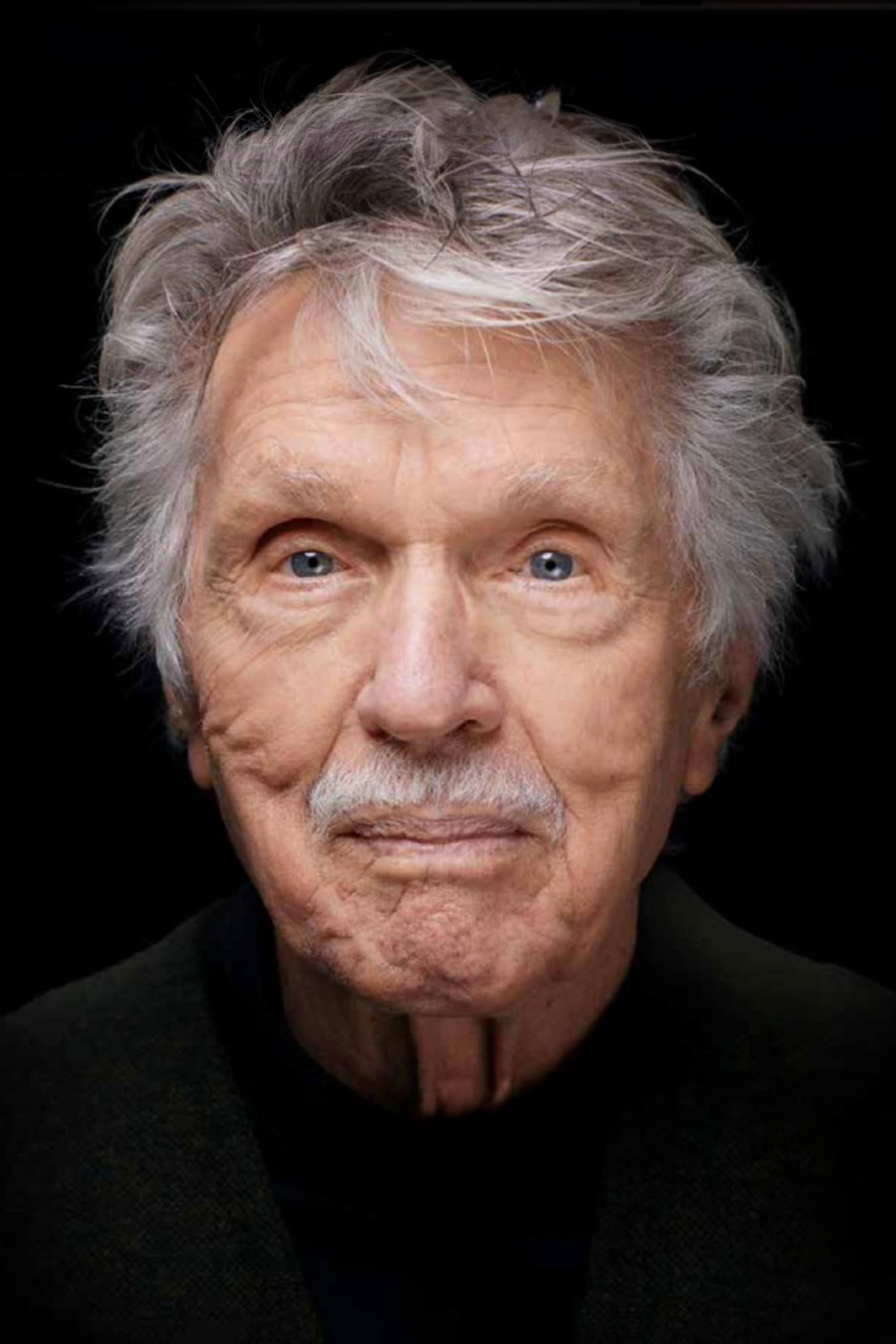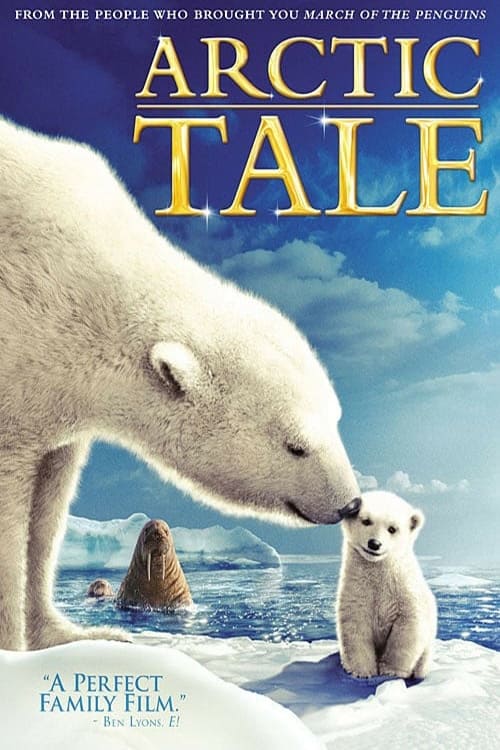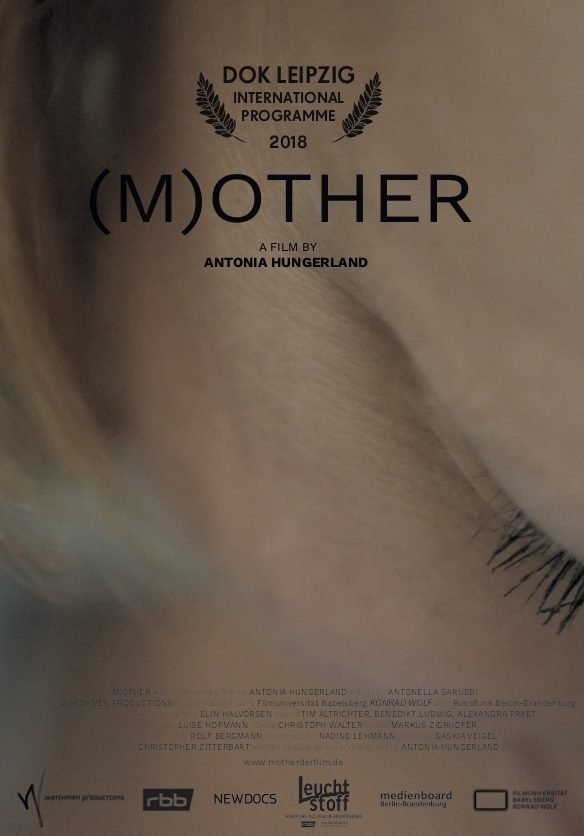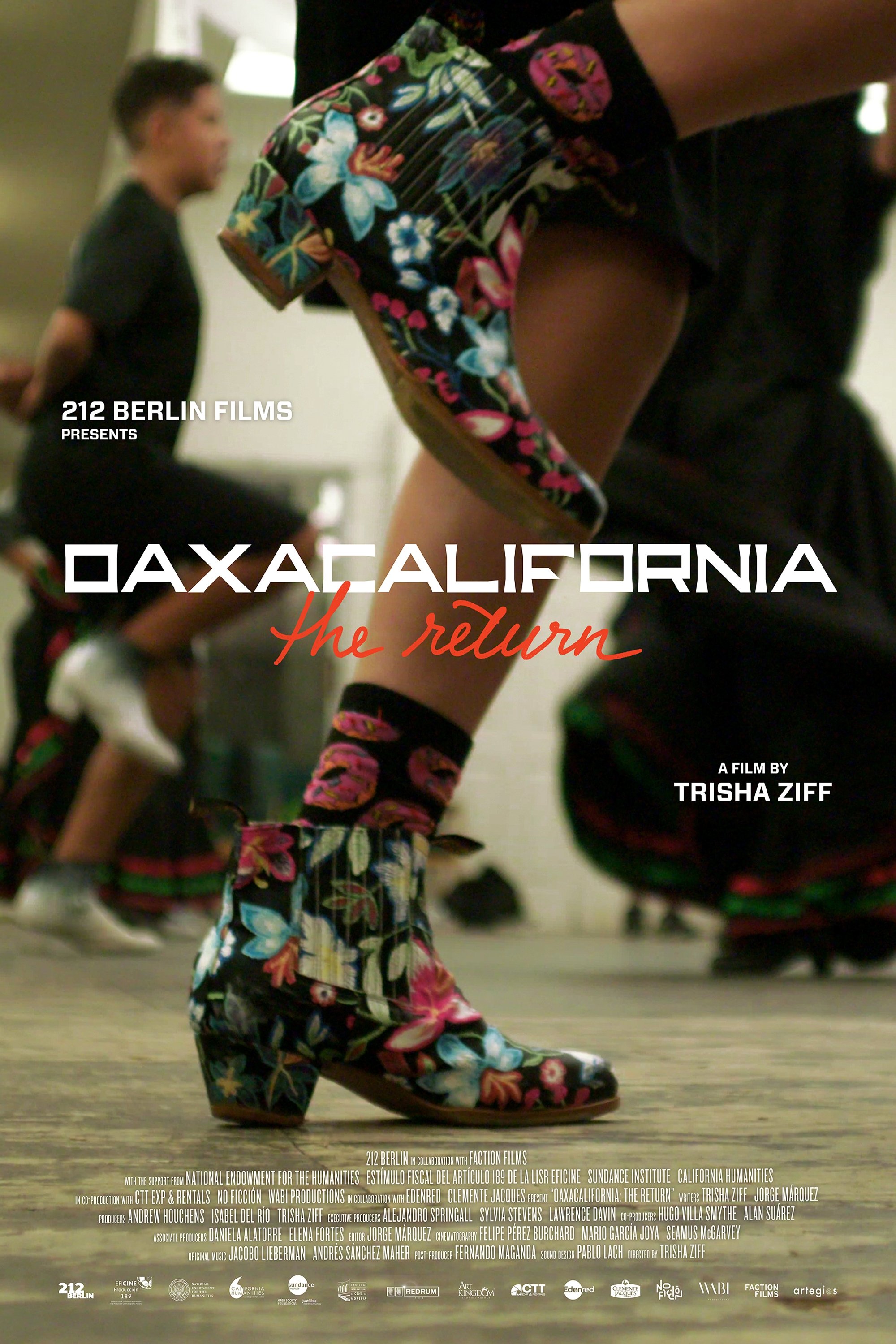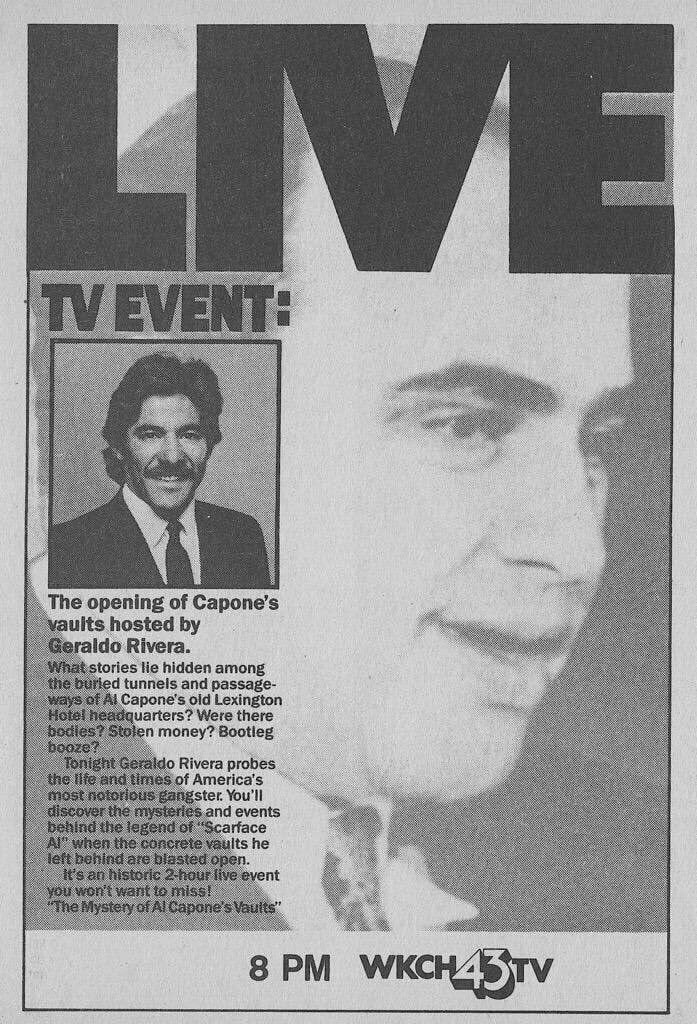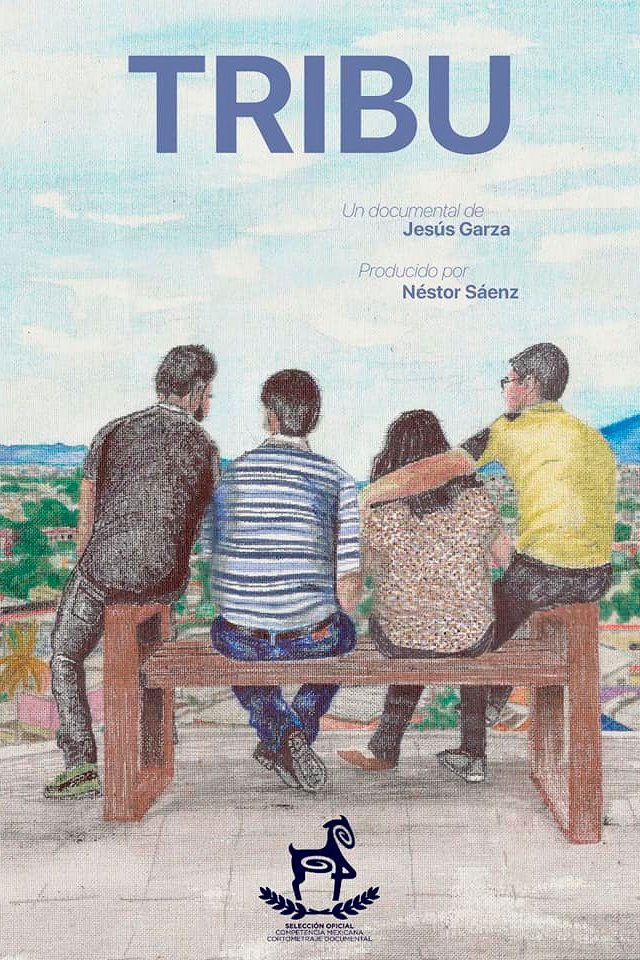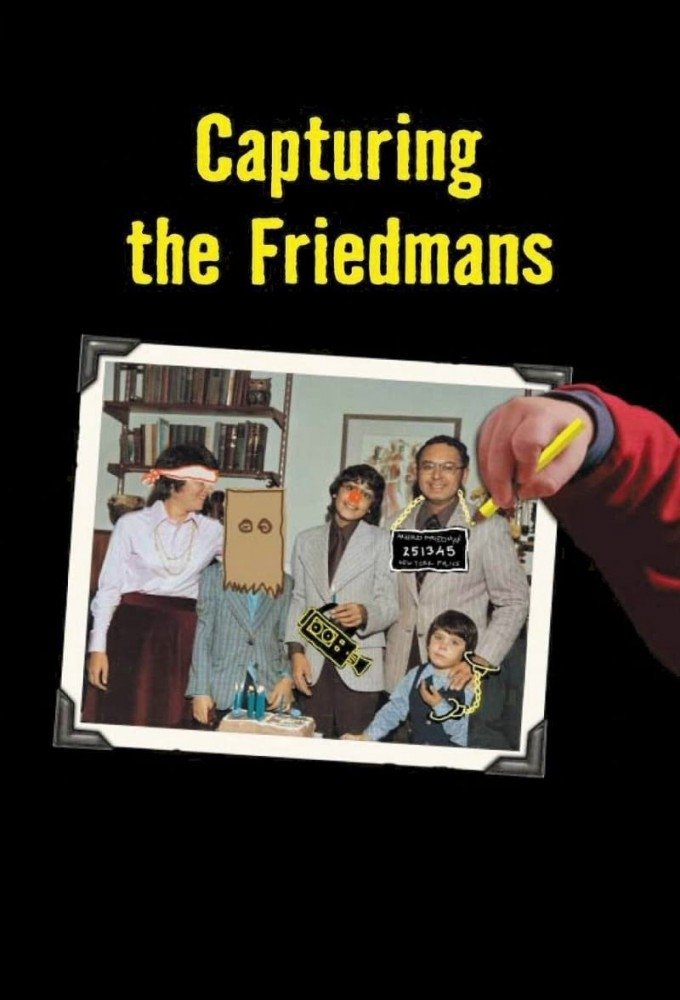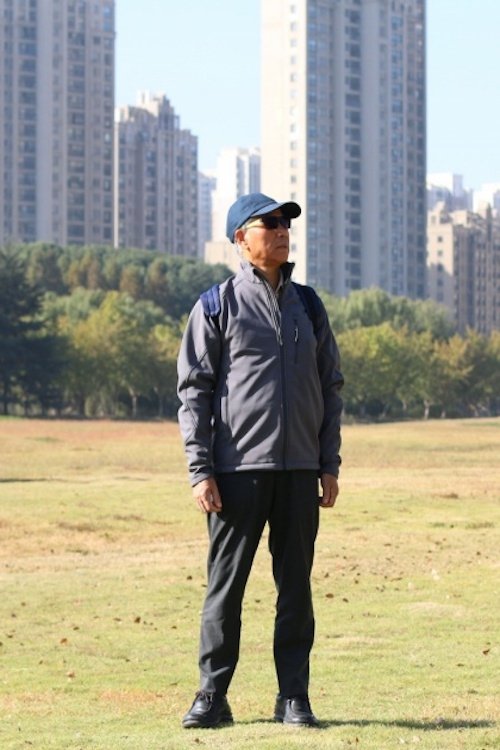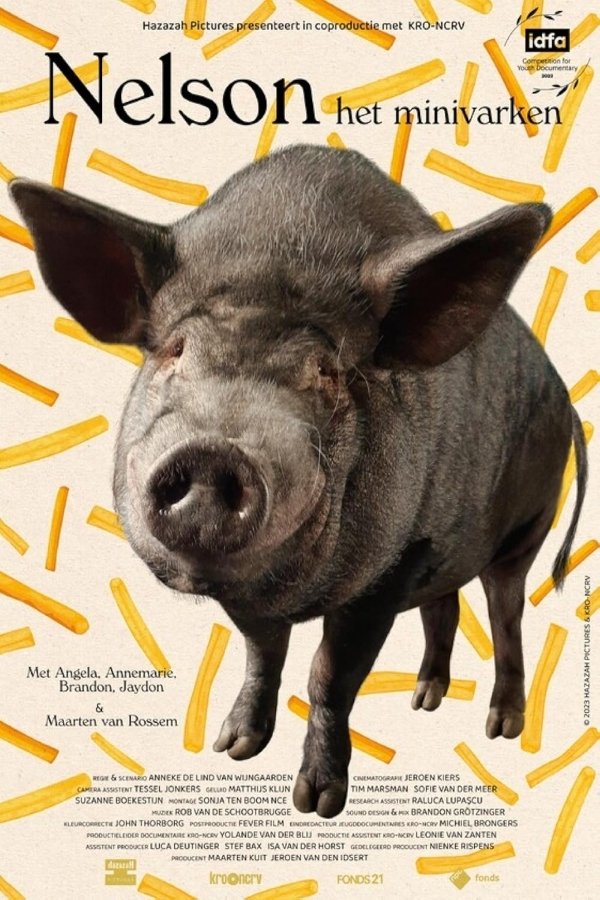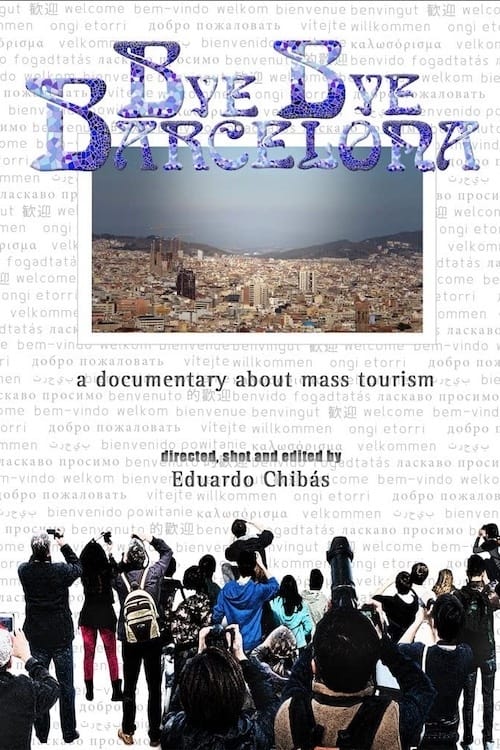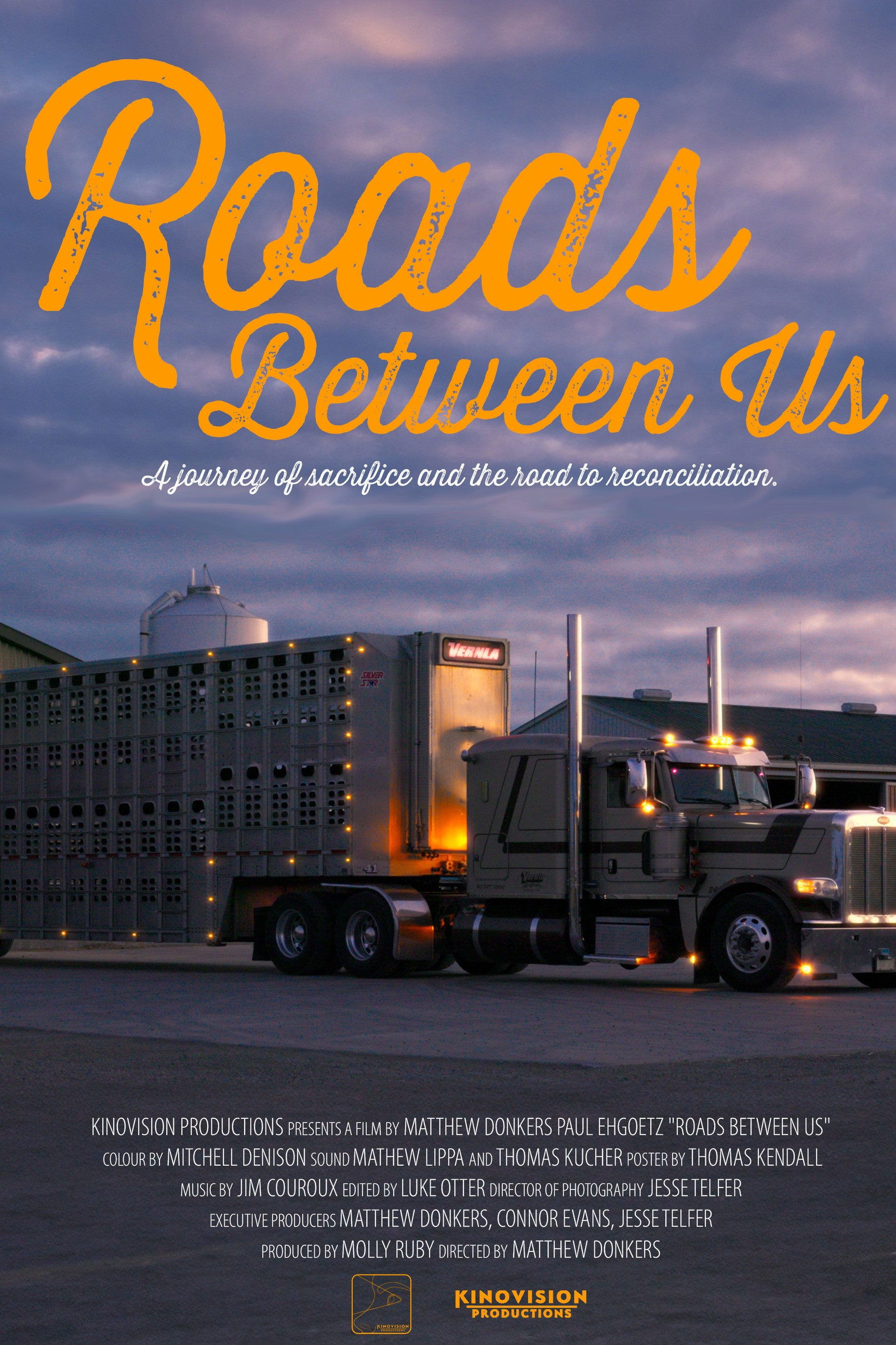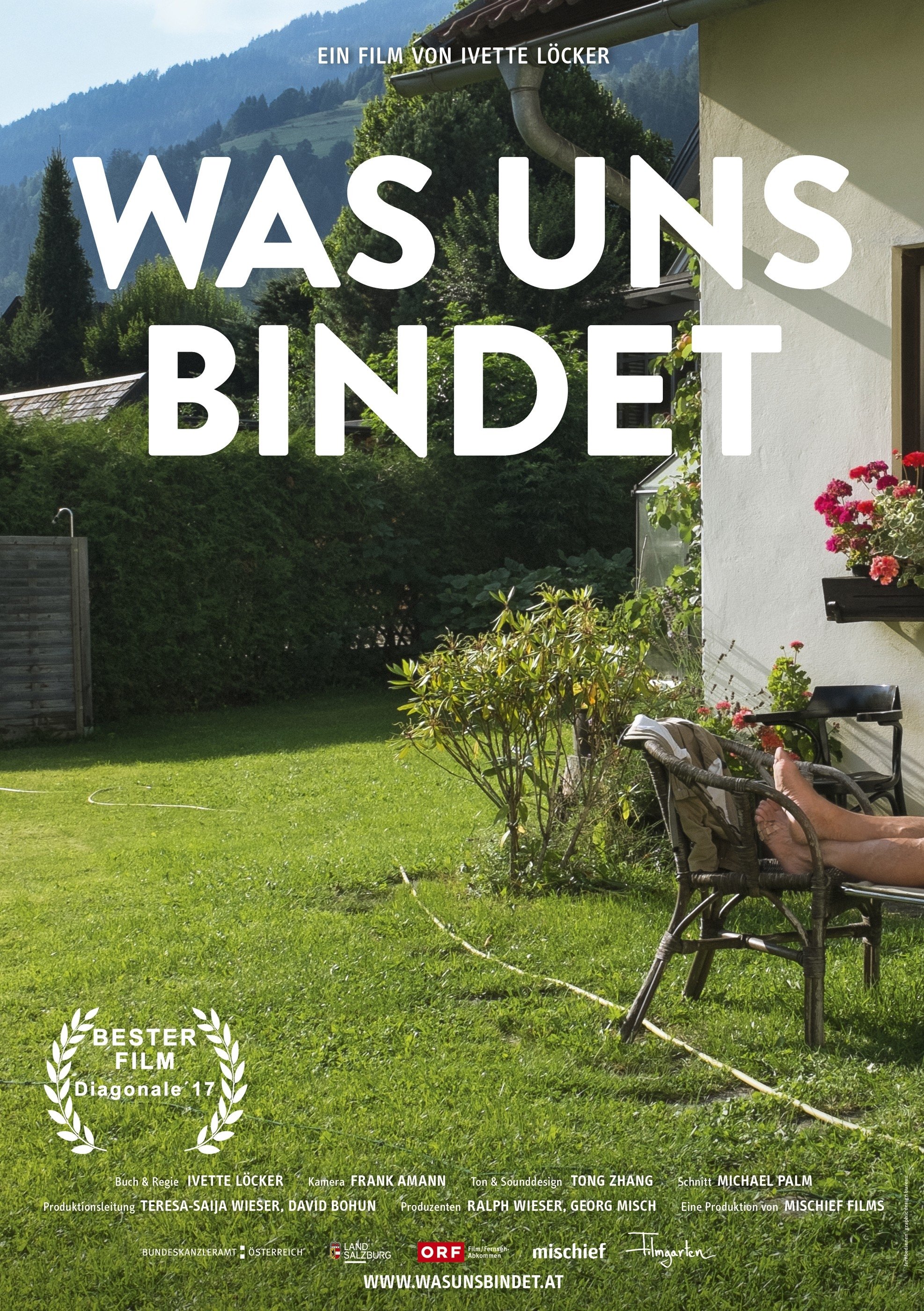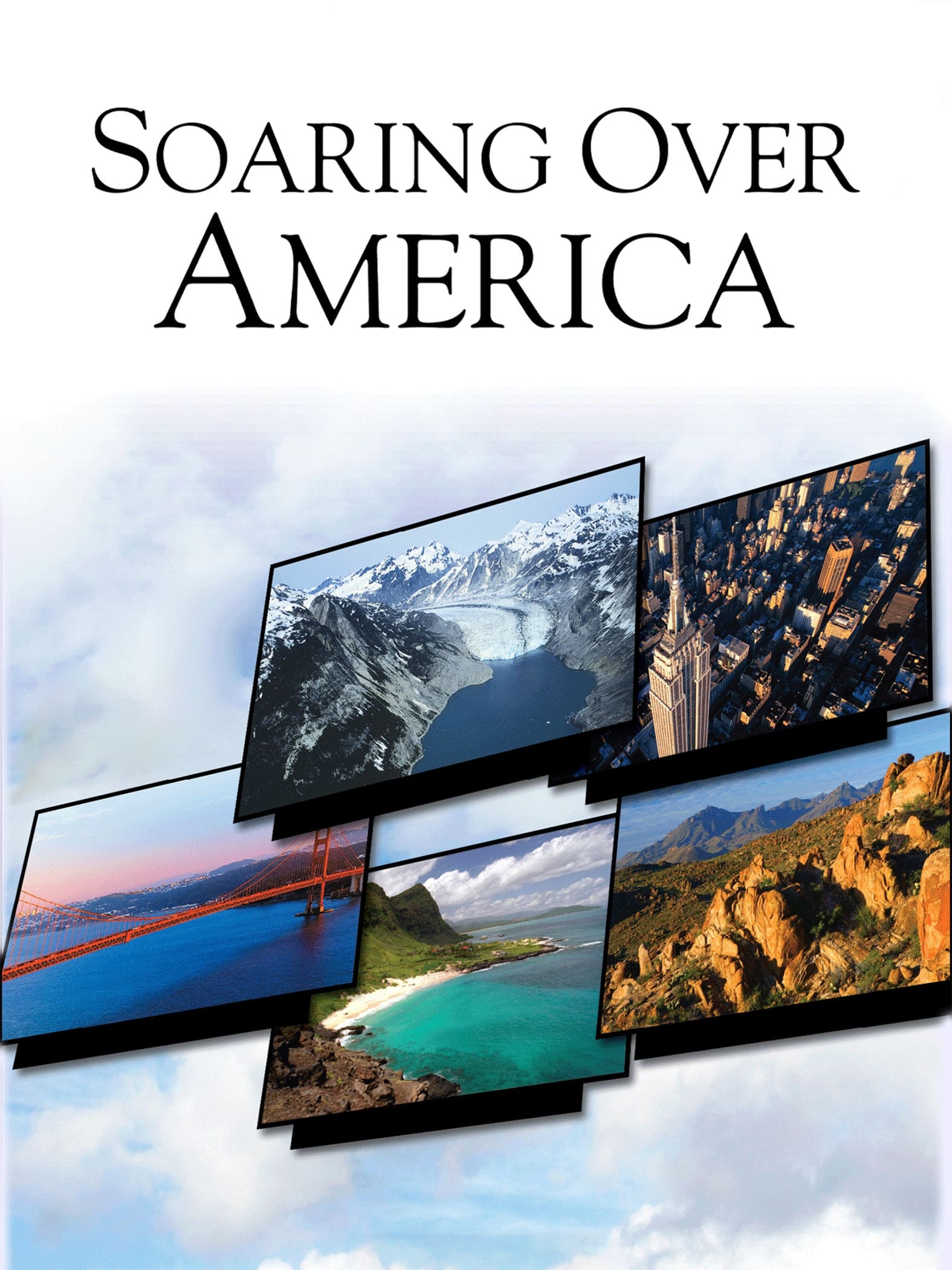
Soaring Over America (2010)
Released:
2010-01-01
Duration:
1hr 40min
Genres:
Documentary
Rating 0.0
A breathtaking video tour from above!
Overview
Created from public television's popular Over series, this is a tour unlike any other! Fly above landscapes and landmarks in Alaska; the Pacific Northwest; California; the Southwest; Chicago; New York City; Washington, D.C.; and everywhere in between.
Production Companies
Kinonation

KCTS Television
Additional Info
| Budget | $0.00 |
|---|---|
| Revenue | $0.00 |
| Original Language | en |
| Popularity | 0.7969 |
Directed By
Jeff Gentes
Crew
Director
Jeff Gentes
Jeff Gentes
